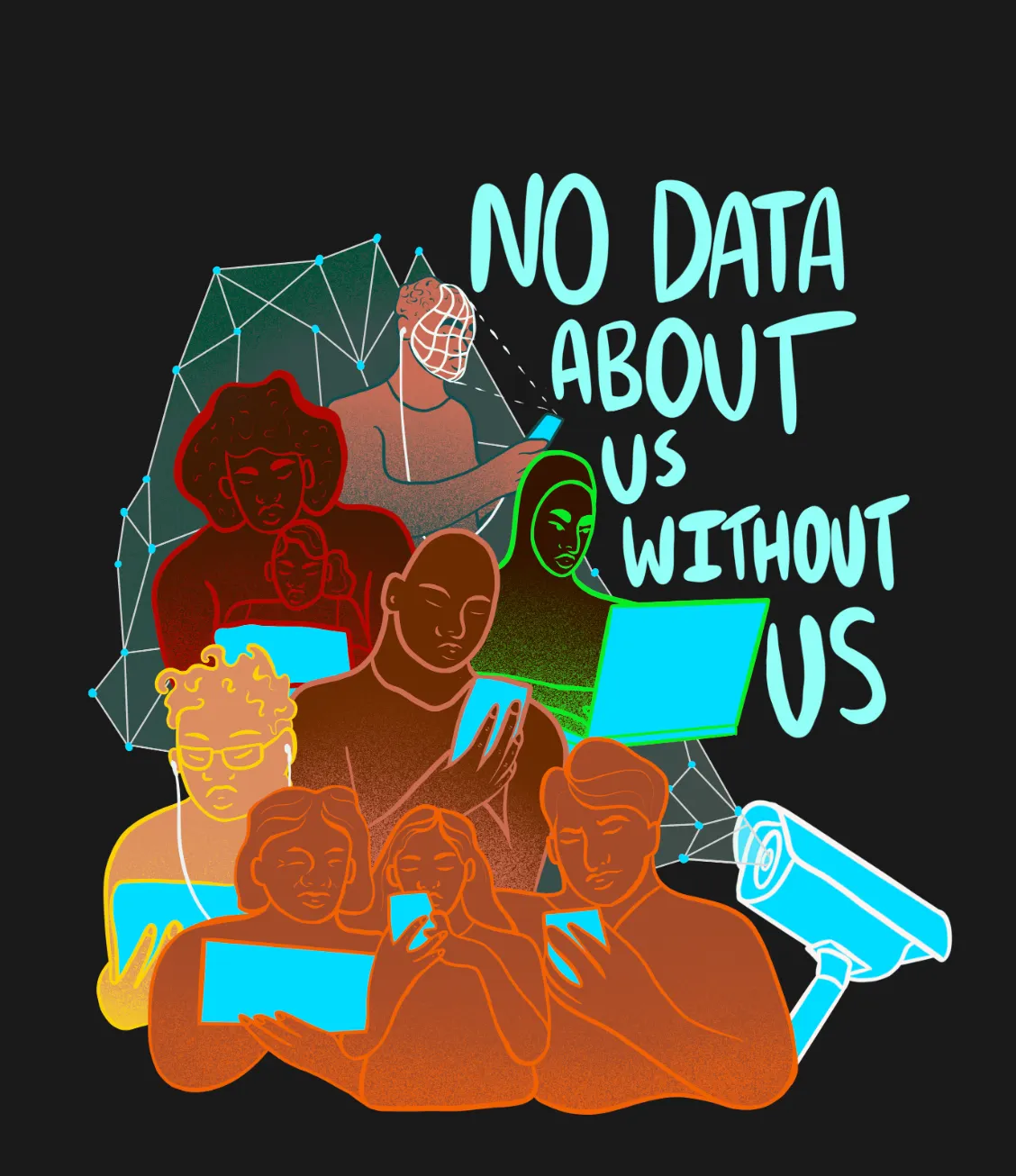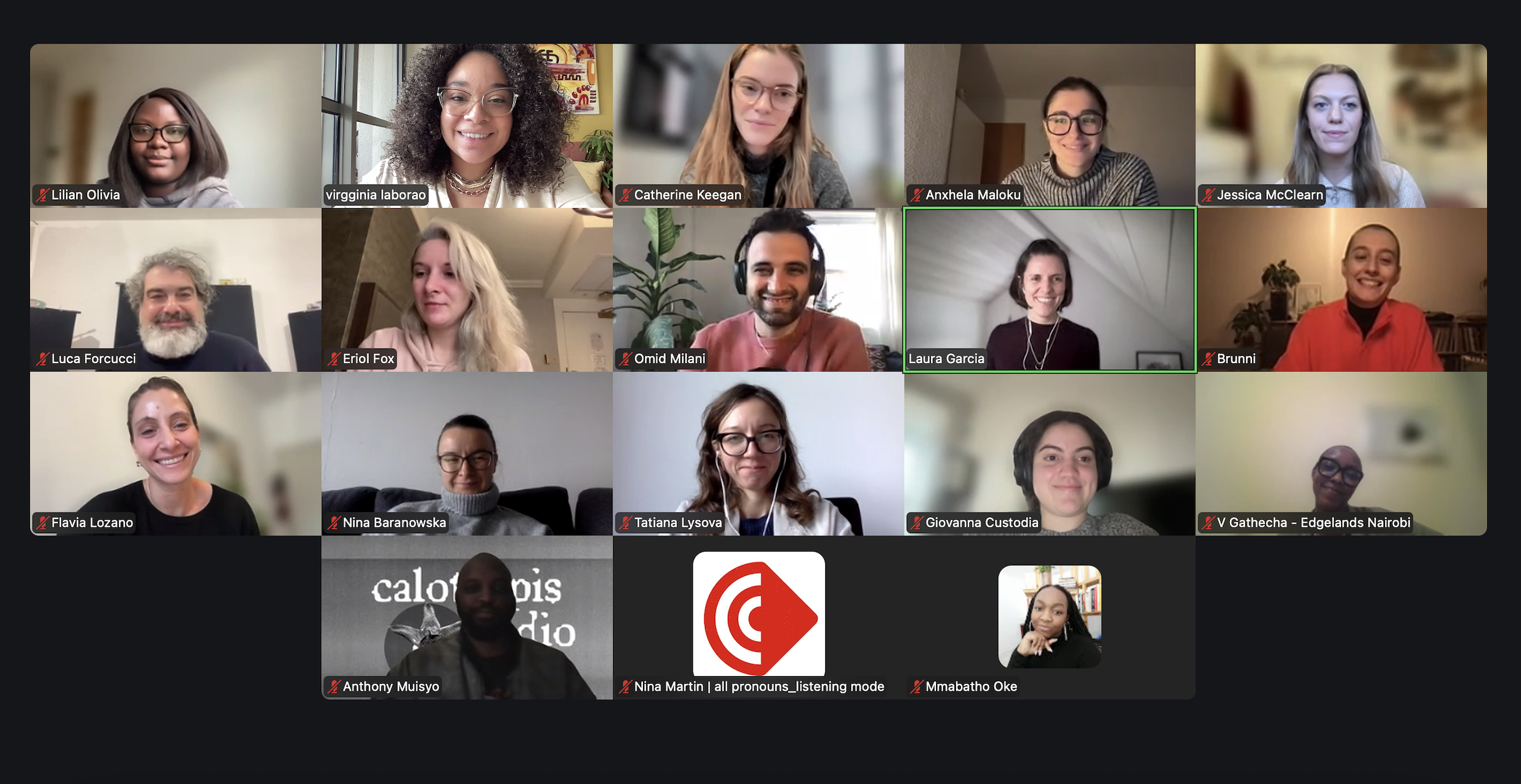À travers l'objectif de la surveillance : Entretien avec Lindokuhle Sobekwa
Nous avons eu l'occasion de nous entretenir avec Lindokuhle Sobekwa au sujet de sa série de photographies pour Magnum Edgelands Nairobi. En apportant une perspective perspicace qui transcende la simple documentation, le travail de Sobekwa offre un commentaire sur l'intersection de l'urbanisation, de la surveillance et de la photographie.

Photo : Lindokuhle Sobekwa
"Je me souviens de la première fois que j'ai vu une caméra de surveillance : les gens s'inquiétaient de savoir qui nous regardait et comment. Mais aujourd'hui, c'est quelque chose que les gens ne font que passer.
Nous avons eu l'occasion de nous entretenir avec Lindokuhle Sobekwa au sujet de sa série de photographies pour Magnum Edgelands Nairobi. En apportant une perspective perspicace qui transcende la simple documentation, le travail de Sobekwa offre un commentaire sur l'intersection de l'urbanisation, de la surveillance et de la photographie.
Institut Edgelands : Comment allez-vous aujourd'hui, Lindo ? Commençons par cela.
Lindokuhle Sobekwa : Je suis très bien. C'est l'un de ces jours où la lumière est incroyable. Je me suis dit que j'allais travailler dans la rue. Je fais un projet sur les jardins. Je photographie des jardins, des plantes. Nous approchons de l'hiver, alors certaines des plantes que vous voyez ici ont du mal à pousser à cette époque.
EI : Pouvons-nous vous demander de vous présenter rapidement et d'évoquer brièvement vos centres d'intérêt ?
LS : Je m'appelle Lindokuhle, je suis un photographe sud-africain qui travaille pour Magnum Photos. Il s'agit actuellement d'un projet sur les jardins. Au-delà des jardins, il s'agit plutôt d'étudier la relation entre la ville et la campagne. Mon premier projet portait sur ma sœur Ziyanda, qui a disparu. J'ai également réalisé un projet sur la trace d'une empreinte, qui s'est terminé dans la province du Cap-Oriental, et je travaille maintenant dans cette région et à Johannesburg, en m'inspirant également de l'histoire orale de ma famille.
"Vous savez, les jardins [en Afrique du Sud] ne sont pas seulement des jardins, ce sont des endroits où beaucoup de violence s'est produite dans les années 1990 pendant la guerre politique entre l'ANC* et l'IFP**. Il est donc intéressant de voir les endroits où il y avait des images horribles de cadavres. Aujourd'hui, ils ont été transformés en de magnifiques jardins. Ou des parcs, ou des maisons.
Je visite donc les mêmes endroits qu'au Cap-Oriental, et c'est à peu près ce qui m'intéresse. Le projet s'intitule "Ezilalini (Le pays)", c'est de cela qu'il s'agit.
EI : Et normalement, vous intéressez-vous à ce type de relation entre l'histoire et la ville ? C'est normalement l'objet de votre travail ?
LS : Je pense que je travaille simplement sur ce qui m'intéresse ou me préoccupe. Si vous pensez à mes premières œuvres, j'ai traité de la drogue et de la manière dont elle affecte les enfants et les personnes de mon âge. Vous pouvez aussi penser à quelque chose que j'ai fait là où ma mère travaillait, à Tulsa. C'est un endroit que je ne connaissais pas beaucoup, mais j'étais curieuse et intéressée. Mes intérêts et mes préoccupations varient donc avec le temps. Même pendant le COVID, j'étais préoccupée par beaucoup de choses, et mon travail répondait donc à ce qui se passait à cette époque.
J'aime aussi expérimenter un peu. L'une de mes expériences consiste à faire des collages d'arbres généalogiques et à rassembler un grand nombre de photos de famille de différents membres de ma famille, ainsi que des choses qui ont un lien avec ce que j'essaie de raconter. Il ne s'agit pas seulement de l'histoire de ma famille, mais aussi de celle de mon pays, l'Afrique du Sud. J'ai pensé à cet arbre [familial] comme à quelque chose qui peut relier le présent et le passé. C'est la même chose quand je suis allé au Kenya, j'ai commencé à expérimenter.
EI : Dans le travail que vous avez réalisé pour Edgelands [au Kenya], je vois des images très immersives et floues. Je pense que ce flou évoque un sentiment d'intimité avec les sujets, mais aussi un certain degré d'anonymat. Pourriez-vous nous en dire plus à ce sujet ? Pourquoi flouter ces images, quelle est la technique ?

LS : Mon idée initiale était en fait de réfléchir à la surveillance, à son histoire et à l'histoire de la photographie - et à la camera obscura, le premier appareil photo jamais fabriqué. J'ai donc travaillé avec un groupe d'étudiants de l'Ojukwu Art Center au Kenya et nous avons passé, je crois, deux jours à essayer de bloquer toute la lumière. La camera obscura doit être une boîte très noire, on ouvre un petit trou et la lumière qui entre reflète une image à l'envers de la communauté qui s'y trouve. C'est une autre façon de surveiller les gens. Cela a fonctionné, mais ne s'est pas traduit comme je le souhaitais. J'ai donc recréé une boîte et j'ai utilisé une loupe. Lorsque vous parlez du flou des images, c'est à cause des deux loupes que j'ai utilisées - l'une pour les personnes qui voient de loin, et l'autre pour les personnes qui voient de près. C'était intéressant lorsque nous les avons assemblées, car elles ne pouvaient pas se focaliser sur les personnes proches de moi, mais seulement sur les personnes éloignées. Même si je photographiais un paysage, il y avait une sorte de mise au point étroite sur une zone, ce qui créait un cercle de netteté, le reste étant flou.
Au même moment, au Kenya, nous étions en train de régler mon autorisation de travailler dans les espaces publics, ce qu'il faut faire là-bas, c'est l'une des lois pour les photojournalistes. Je travaillais avec une agence pour régler ces papiers, mais comme j'avais peu de temps, je devais trouver quelque chose qui puisse fonctionner. La solution consistait donc à mettre l'appareil photo dans la boîte.
Je me suis alors dit que cela pourrait être intéressant, que je pourrais travailler dans la rue en plaçant un appareil photo dans une boîte et en prenant des photos avec cette camera obscura. Nous n'avons pas rencontré de difficultés ; nous avons croisé des fonctionnaires, mais ils ne nous ont pas vraiment posé de questions. D'une certaine manière, la camera obscura était un autre objet de surveillance, mais il s'agissait d'une sorte d'image déformée et fragmentée des personnes, et non de leur image réelle.
J'ai également pris des photos directes de personnes traversant des zones fortement surveillées, et il était intéressant de voir comment les gens ont normalisé les caméras de surveillance, plutôt que de les remettre en question.
EI : Cela m'amène également à m'interroger sur la différence entre la photographie analogique et la photographie numérique, sur le fait qu'une photo analogique est très difficile à suivre - les autorités ne peuvent pas la surveiller, ni savoir quelles photos vous prenez et pourquoi. Mais du côté numérique, c'est beaucoup plus facile, les appareils photo sont connectés à Internet, les fichiers circulent plus facilement, et l'ordinateur est aussi quelque peu surveillé. Pouvez-vous nous parler de cette différence entre l'analogique et le numérique et de la possibilité d'être observé dans la ville ?
LS : Avec la photographie analogique, on peut s'en tirer à bon compte car les gens ne peuvent pas voir comment vous les regardez. Avec le numérique, les gens peuvent presque voir comment vous les avez vus. Dans ma langue, il y a un dicton qui dit que "quelqu'un regarde toujours". Que ce soit par le biais de la technologie ou d'une personne, il y a toujours quelqu'un qui observe, même lorsque vous photographiez quelqu'un d'autre.
"Nous vivons à une époque où l'idée d'être regardé est très répandue. Quand vous portez une caméra, cela crée beaucoup de suspicion autour de vous, et c'est la façon dont vous négociez votre espace et votre présence qui fait que les gens [vous font confiance ou non]."
EI : Il y a donc une dimension entre la technologie que l'on détient et ses conséquences sur l'environnement, n'est-ce pas ? Cela s'appliquerait-il également aux gouvernements et aux institutions ? Je veux dire, quel est votre point de vue sur des situations telles que les efforts du gouvernement pour installer des systèmes de surveillance à Nairobi à la suite de périodes de terrorisme ? Pensez-vous que les caméras sont efficaces pour atteindre cet objectif de prévention du terrorisme et de création d'espaces plus sûrs ?
LS : J’ai eu cette conversation car je me posais la même question. D’après les quelques personnes à qui j’ai parlé, dans de nombreuses régions du Kenya, la criminalité a diminué depuis l’installation de caméras. C’est différent en Afrique du Sud : je vis dans le centre-ville de Johannesburg, une zone fortement surveillée, et la criminalité existe toujours, et elle a augmenté ces dernières années. Mais ils sont encore en train d’installer davantage de caméras chinoises. Beaucoup pensent que les criminels n’ont plus peur. Dans une société qui compte 10 millions de jeunes chômeurs, ils n’ont rien à perdre. Je pense que la solution est de créer des emplois et de l’éducation, en luttant à la fois contre la criminalité et la pauvreté.
EI : En tant que photographe, comment pensez-vous que l'art peut faciliter les discussions sur les questions politiques, économiques et culturelles dans le cadre de la numérisation croissante de la sécurité au niveau mondial, mais aussi à Nairobi ?

"Je pense que le rôle d'un photographe est de créer des conversations et d'engager les gens dans le monde numérique.
LS : Je pense que le rôle d'un photographe est de créer des conversations et d'engager les gens dans le monde numérique. Parfois, des systèmes de surveillance sont installés pour prévenir les crimes, mais les gens ne comprennent pas les implications plus larges. Je pense que les artistes peuvent servir d'intermédiaires, sensibiliser les gens et leur donner la parole. On s'aperçoit que beaucoup de gens ne savent pas vraiment comment ils sont vus ou comment les caméras les regardent.
J'ai vu d'autres artistes, comme ceux d'Edgelands au Kenya, jeter un pont entre la surveillance et l'art. Cela nous aide à mieux comprendre comment ces deux éléments peuvent bénéficier à la communauté et aux entreprises qui possèdent la technologie. Le monde devient de plus en plus avancé sur le plan technologique et il est important que les gens en comprennent les implications. L'art peut créer ce lien. Je me souviens d'avoir fabriqué une grande boîte à caméra et de l'avoir placée dans un espace public - les gens étaient curieux et me demandaient ce que c'était. Ils regardaient à travers et voyaient les gens et réalisaient "oh, c'est comme ça que vous nous voyez". Ces conversations sur la technologie sont importantes parce que beaucoup de gens ne comprennent pas bien comment elle fonctionne. Les artistes sont bien placés pour créer un dialogue et un engagement autour de ces sujets.
*Le Congrès national africain (ANC) est un parti politique d'Afrique du Sud. A l'origine, il s'agissait d'un mouvement de libération qui s'opposait à l'apartheid. Il est au pouvoir depuis 1994, date à laquelle Nelson Mandela a été élu président de l'Afrique du Sud lors des premières élections post-apartheid.
** L'Inkatha Freedom Party (IFP ; Zulu : IQembu leNkatha yeNkululeko) est un parti politique conservateur d'Afrique du Sud qui fait partie de l'actuel gouvernement d'unité nationale aux côtés de l'African National Congress (ANC). Bien qu'il soit enregistré en tant que parti national, ses succès électoraux en dehors de sa province d'origine, le KwaZulu-Natal, ont été limités. Fondé en 1975 par Mangosuthu Buthelezi, qui a été ministre en chef du KwaZulu pendant l'apartheid, le parti a été dirigé par lui jusqu'en 2019, date à laquelle Velenkosini Hlabisa est devenu le nouveau président.
Certaines parties de cet entretien ont été éditées et condensées pour plus de clarté.



